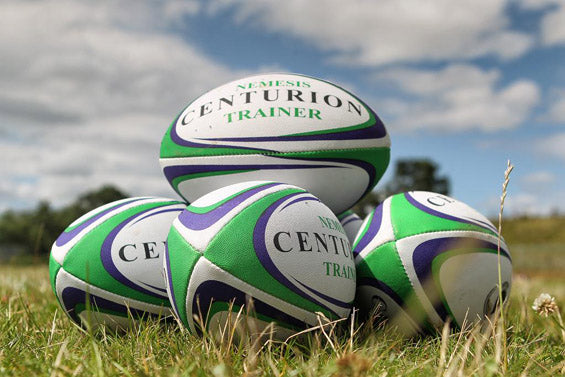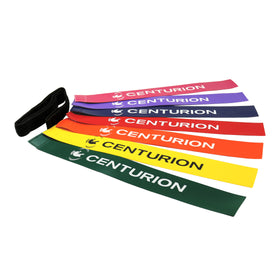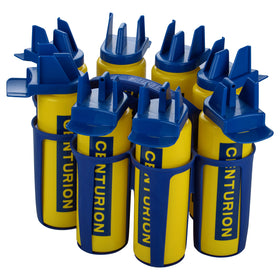Rugby Blog
A Guide to Rugby Balls
by Leana Kell
If you're considering purchasing a rugby ball, follow our comprehensive guide below to find the right rugby ball to suit your individual needs. Ball handling skills can prove essential to the game, but its knowing which rugby ball to choose that can have the biggest effect on your game.
Rugby balls come in four different sizes and possess a variety of qualities. The ball is oval in shape and was originally constructed using a pig's bladder! The bladder was oval in shape which is how the design was developed.
History
William Webb Ellis was the first man to catch and run with a rugby ball whilst he was a pupil at Rugby School during the early 1800s, and although it was against the rules at the time, it was the first resemblance to the modern day rugby game.
Materials

The first rugby balls ever made were constructed using a pig's bladder and four panels of leather stitched together to form the outer casing. Modern day rugby balls have replaced the pig's bladder with a rubber inner tube, yet the four leather panels remain the same, and are still permitted for use during matches. However, leather absorbs water therefore in wet conditions the weight of the ball will increase and affect performance dynamics. That's why at present, rugby balls are more often made with synthetics - the waterproofing these materials offer allows the game to be consistent, whatever the weather.
Sizes
Rugby balls come in 4 sizes so it is important to choose the right sized ball for your game - if the sizing is incorrect it will affect your ability to improve technique and ball handling, and you'll have difficulty passing. It's a good idea to train with the same size balls as you will use for matches to achieve maximum performance. Take a look at our size chart below to determine the right size ball for you.
| Rugby Ball Size | Age Group |
|---|---|
| Size 3 (Mini) | Under 7, U8 & U9 |
| Size 4 (Junior) | Under 10, U11, U12, U13 & U14 |
| Size 4.5 (Women) | Under 15 and above to senior rugby |
| Size 5 (Men) | Under 15 and above to senior rugby |
Practice
When practicing for a match, it is strongly advised that you use the same balls, or similar to the ones you will use during the game in order to achieve maximum performance. However, for alternative training, you can opt for a weighted rugby ball. This type of ball is similar in size to a normal rugby ball but twice as heavy (around 1kg as opposed to 460g). The weight of the ball makes it a challenge to pass, so is a good option for players looking to improve their wrist strength and long passing.
Facts
-
Rugby balls come in a number of variations, mainly as recreational, training and match balls, but there's also all-weather variations of each ball.
-
The designs on the balls are usually a cosmetic decision, but the materials used to make it will determine the quality of the ball - whether it's suited to training or a match.
-
Every ball has raised bumps and dimples to allow the player better feel and grip, but the configuration greatly varies between manufacturers.
-
Balls can also be treated for water resistance, making them easier to grip.
-
The weight of a rugby ball from new should range between 410g to 460g with an optimum ball pressure of 9.5 to 10 PSI.
-
To play Rugby League, officials suggest the balls are slightly flatter and more pointed than Rugby Union balls




